LIMS bidirectional communication, or what is LIMS bidirectional, refers to the two-way exchange of data between a Laboratory Information Management System (LIMS) and lab instruments or software. Laboratory information management systems (LIMS) are modern solutions designed to improve laboratory workflows, data integrity, and regulatory compliance. This seamless transfer improves data accuracy and efficiency.
In this article, we will explain what LIMS bidirectional communication is and its importance in modern laboratories.
Key Takeaways
-
LIMS bidirectional communication automates two-way data exchange between laboratory instruments and software, enhancing workflow efficiency and data accuracy.
-
Real-time data transfer capabilities improve laboratory productivity by enabling immediate access to accurate information, thus facilitating quicker decision-making and reduced turnaround times.
-
Implementing bidirectional LIMS requires careful planning, including compatibility assessments and documentation of data mapping specifications, to ensure seamless integration and reliable data handling.
What Is LIMS Bidirectional Communication?
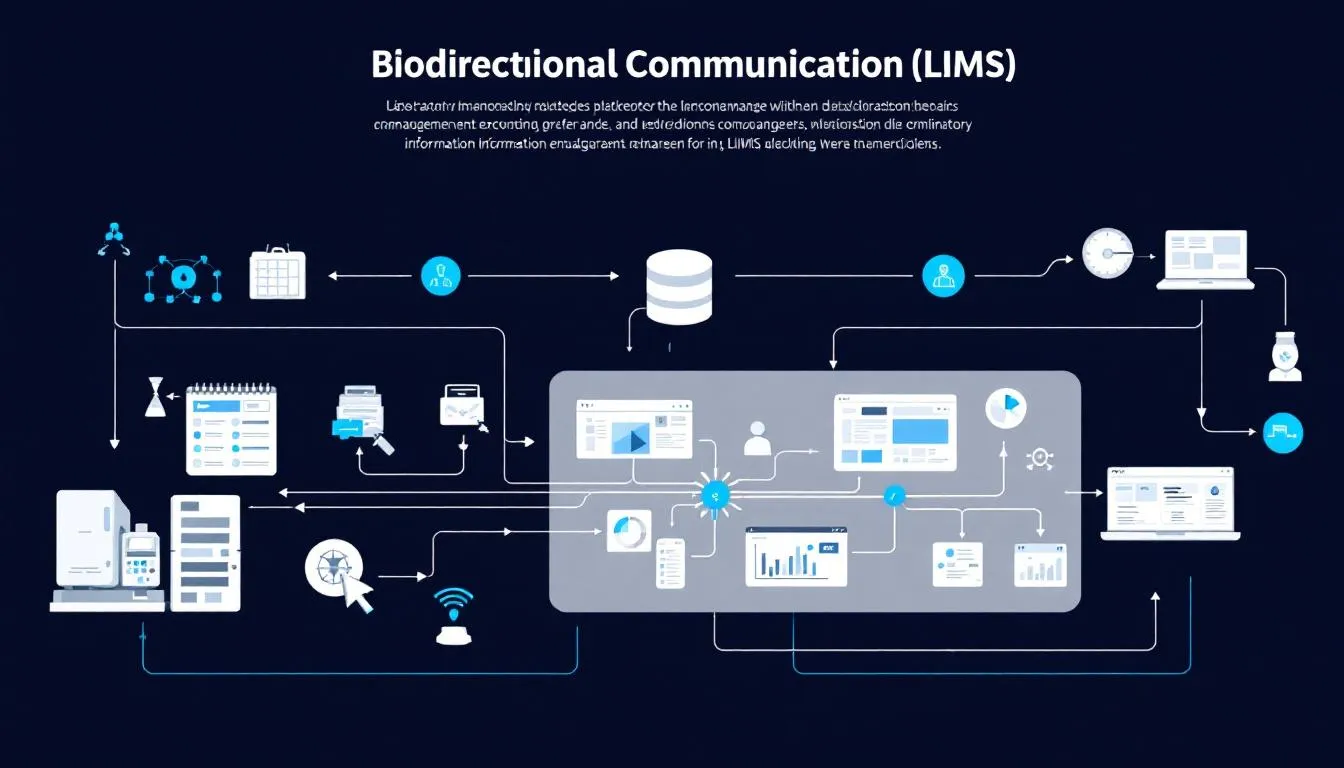
LIMS bidirectional communication is the automated two way exchange of data between LIMS and laboratory instruments or software. This seamless data exchange means no manual data entry and streamlined laboratory processes. The main function of bidirectional LIMS is two way data exchange which is essential for modern laboratory.
A LIMS interface is a critical component that enables two way communication between laboratory instruments and LIMS for automation and real time data transfer.
Automated data transfer through LIMS bidirectional communication reduces manual intervention and increases workflow efficiency. Data from laboratory instruments can be auto recorded in LIMS reducing manual input and increasing data integrity. This automation reduces manual data handling errors, increases operational efficiency, ensures data accuracy and availability and allows users to import data seamlessly. Also automated processes reduces operational costs by reducing manual input, makes laboratory more cost effective. User satisfaction increases with reduction of manual data handling as it simplifies workflows and reduces errors.
A key feature of LIMS bi-directional platforms is the real time data flow in and out of the system, lab operations are enhanced. Real time data synchronization ensures all connected systems reflect the latest information instantly, reduces errors and improves decision making. A key benefit of LIMS bi-directional is elimination of inefficiencies by sending test requests to instruments and receiving results in real time. Bidirectional communication in LIMS is key to modern laboratory management.
How Bidirectional Integration Works
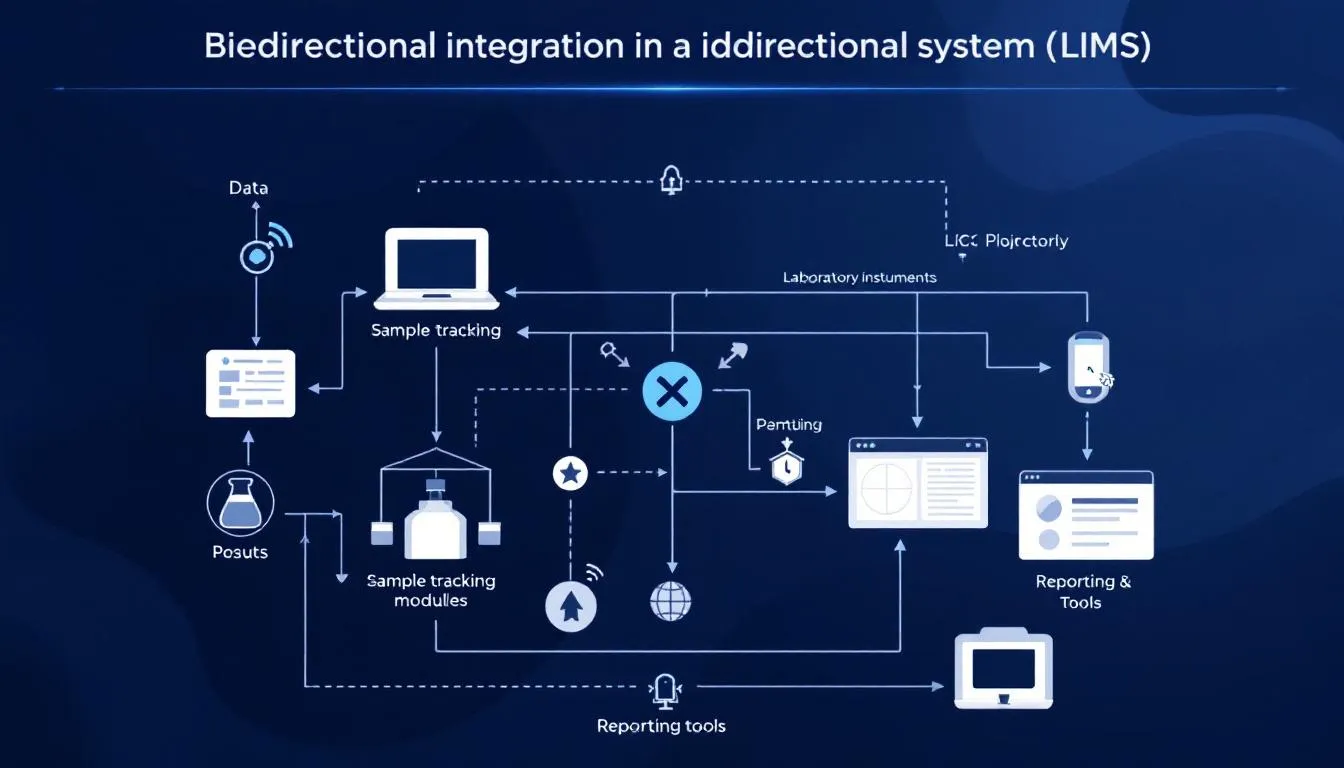
Bidirectional integration allows LIMS to receive data from lab instruments and send instructions or updates back to those instruments. Two way communication ensures LIMS and lab instruments work together as a cohesive system for data handling and instrument integration. The application programming interface is key to seamless data exchange and integration between LIMS and other software applications. Automated transfer of data from analytical instruments to LIMS ensures data is reliable, secure and compliant to regulatory requirements like FDA. Plate readers as common lab instruments can be integrated with LIMS to transfer data directly and enhance workflow.
Middleware can also facilitate communication between LIMS and lab devices by translating different communication protocols into one format. This ensures data is transmitted and interpreted across different systems seamlessly. Standardized data formats facilitate better integration and analysis so labs can manage and interpret their data better. Integrating LIMS with lab instruments and software applications through APIs or middleware allows labs to achieve high level of automation and data accuracy. Bi-directional instruments can generate output data reports which are transmitted to LIMS for documentation and analysis.
Seamless integration between LIMS and external systems and other systems ensures data flows smoothly and uninterrupted. This seamless data transfer reduces errors and overall lab efficiency. Leveraging bi-directional communication improves data handling and lab operations, facilitates information exchange.
Data Integrity with Bidirectional LIMS
One of the biggest advantage of LIMS bi-directional communication is data integrity in a lab environment. Automated data transfer through LIMS minimizes human error, makes process and results more reliable. This automation reduces transcription errors and ensures data accuracy which is critical for high data quality.
LIMS bi-directional communication also saves time and resources by automating data handling. This increased accuracy and traceability ultimately ensures regulatory compliance, labs meet the standards set by regulatory bodies. Automated data exchange improves data quality and integrity by eliminating errors so labs can maintain high operational standards.
Less manual data entry ensures accurate real-time data capture through bi-directional LIMS communication. This seamless data exchange ensures data integrity labs can rely on for decision making. In this way LIMS bi-directional communication plays a crucial role in data integrity and overall lab performance.
Real-Time Data Transfer and Its Impact
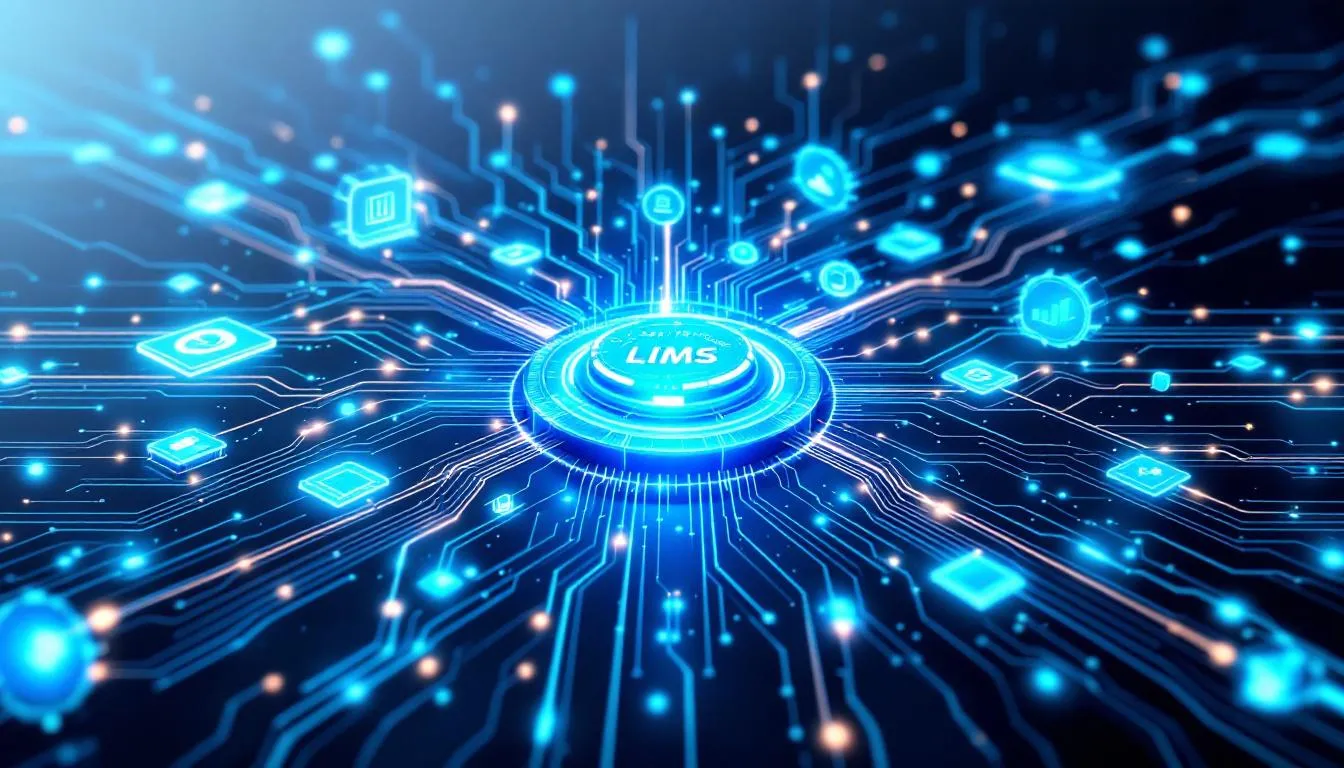
Real-time data transfer is a hallmark of bidirectional LIMS, significantly improving overall lab productivity. Key benefits include:
-
Immediate access to accurate results enables quicker decision-making for lab managers and researchers.
-
Real-time data exchange helps laboratories reduce turnaround times.
-
Operational efficiency is improved through faster data transfer.
The ability to synchronize data in real-time ensures that all connected systems reflect the latest information instantly. This real-time synchronization reduces the chances of errors during data handling and ensures that data is always up-to-date. Real-time monitoring also enables immediate detection of anomalies or instrument issues, allowing for quick corrective actions and reduced downtime. Integrating AI with bidirectional LIMS further enhances data processing by allowing real-time data to inform informed decisions and predictive analyses.
Bidirectional LIMS can automatically generate reports and notify stakeholders when a sample test is completed. Test results are transferred in real time, supporting rapid clinical decision-making. Real-time data transfer provides healthcare providers with immediate access to test results, improving clinical workflows and patient outcomes. In this way, real-time data transfer has a profound impact on laboratory operations and outcomes, contributing to improved patient care by enabling faster diagnoses and treatment decisions.
Improving Regulatory Compliance Through LIMS
Bidirectional LIMS software significantly bolsters compliance with regulations by maintaining comprehensive audit trails and ensuring data reliability through version control. These audit trails automatically log data updates along with timestamps and user credentials, facilitating compliance with regulatory audits. Real-time updates ensure that all data changes are logged automatically, making it easier to comply with regulatory requirements in a lims system.
Access controls in LIMS restrict data visibility to authorized personnel, which is critical for regulatory compliance. Enforcing standardized procedures within LIMS minimizes variability in data collection and handling, supporting regulatory compliance. Overall compliance is improved by LIMS that:
-
Enforce standardized data handling
-
Generate audit trails
-
Manage electronic signatures
-
Control data access
Bidirectional LIMS also enhance accountability by logging user actions, supporting compliance audits. This ensures that laboratories can meet the stringent standards set by regulatory bodies and maintain high levels of data integrity and reliability. In this way, bidirectional communication in LIMS plays a crucial role in improving regulatory compliance.
Streamlining Laboratory Workflows
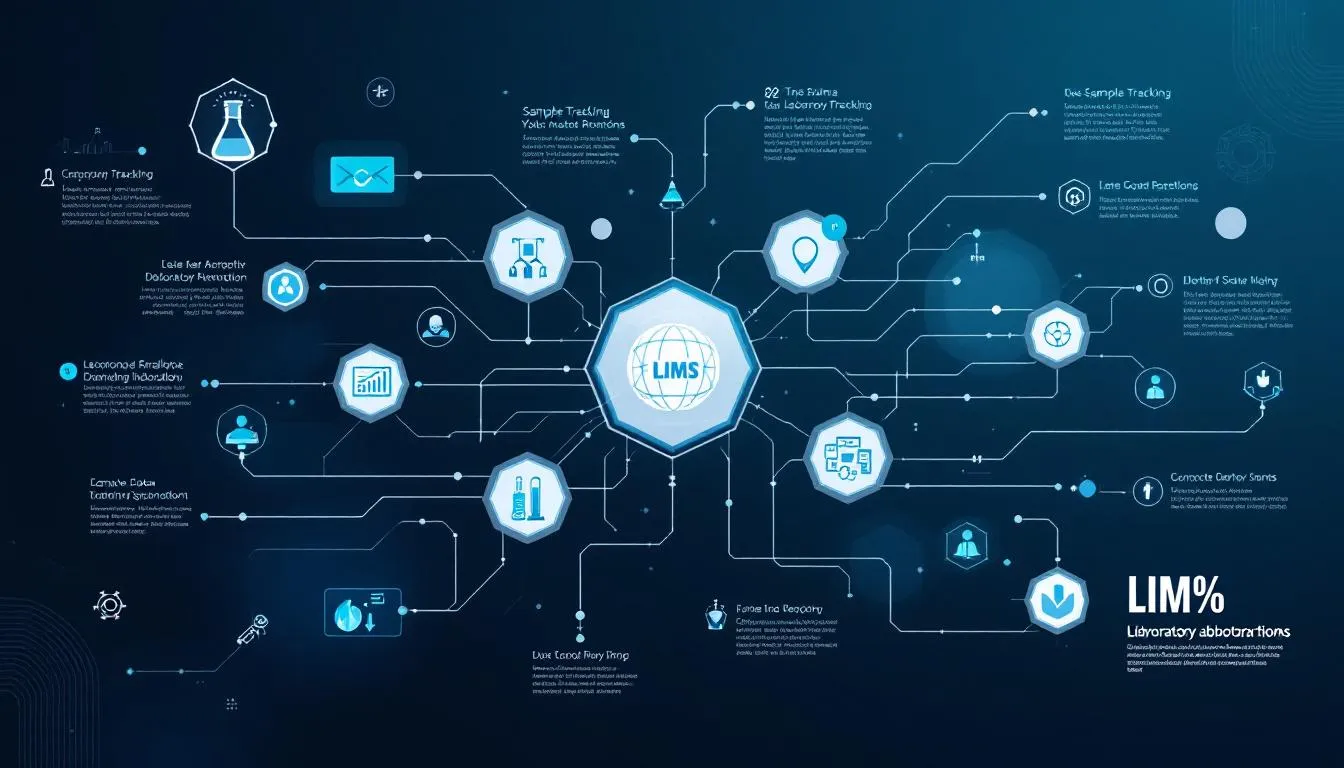
Bidirectional LIMS enhances operational efficiency by allowing real-time data synchronization across various laboratory instruments and software. This communication paradigm enables laboratories to streamline their operations, reducing the time spent on manual tasks and enhancing workflow efficiency. Bidirectional LIMS can automate complex workflows, reducing manual steps and minimizing errors in multi-step laboratory processes. Automated workflows through bidirectional LIMS minimize manual oversight, ensuring smooth laboratory processes.
Centralized and searchable archives in an information management system lims can greatly enhance the efficiency of data accessibility and retrieval processes. Laboratory personnel can quickly identify and address discrepancies in results with real-time data monitoring. Enhanced connectivity through bidirectional LIMS supports high-throughput laboratories by efficiently managing large volumes of data.
Faster data access enables laboratories to handle higher volumes of tests without compromising quality. The integration of LIMS with enterprise resource planning systems enables real-time inventory updates and sample tracking. In this way, bidirectional communication in LIMS streamlines laboratory workflows and enhances overall efficiency.
Error Reduction Capabilities of Bidirectional LIMS
Automated data transfer in laboratories minimizes transcription errors and improves data quality. Bidirectional LIMS enhances reduced errors capabilities by automating data transfer and minimizing manual intervention, thereby reducing manual errors. This data exchange automation reduces the risk of transcription errors by enabling direct transfer of data.
Interfacing with bidirectional LIMS helps avoid human errors during data entry by:
-
Eliminating human interference.
-
Providing real-time data validation with immediate checks against predefined parameters, reducing manual intervention and the chance for errors, which ultimately reduces errors.
-
Enabling automated data capture that eliminates manual transcription and significantly reduces the possibility of transcription errors.
Reducing the need for manual data entry ensures accurate, real-time data capture through bidirectional LIMS communication. This seamless data exchange enhances data integrity and ensures that laboratories can rely on their data for informed decision-making. In this way, LIMS bidirectional communication plays a critical role in ensuring data integrity and improving overall laboratory performance.
Enhanced Traceability and Sample Tracking
Bidirectional LIMS enhances traceability by tracking the journey of samples, assigning unique identifiers, and documenting each step of the process. Real-time data flow between LIMS and lab instruments through bidirectional systems enhances sample tracking accuracy. This ensures that samples are accurately tracked and that their journey is fully documented. Efficient instrument utilization increases the number of samples analyzed in a given time frame, further optimizing laboratory performance.
Audit trails generated by bidirectional LIMS record all changes to data, including user identity, date, time, and reason for the change, ensuring quality assurance. These comprehensive records provide a detailed analysis of each sample, including the analytical instruments used, analyst, date, and time of analysis. The functionality of a LIMS with bidirectional communication helps laboratories to generate standardized reports, which are essential for regulatory compliance and effective quality control. This level of detail ensures that laboratories can maintain high standards of data quality and integrity, creating an audit trail for all modifications.
By enhancing traceability and sample tracking, bidirectional communication in LIMS ensures that laboratories can rely on their data for informed decision-making. This seamless data exchange enhances data integrity and ensures that laboratories can maintain high standards of data quality and reliability.
Best Practices for Implementing Bidirectional LIMS
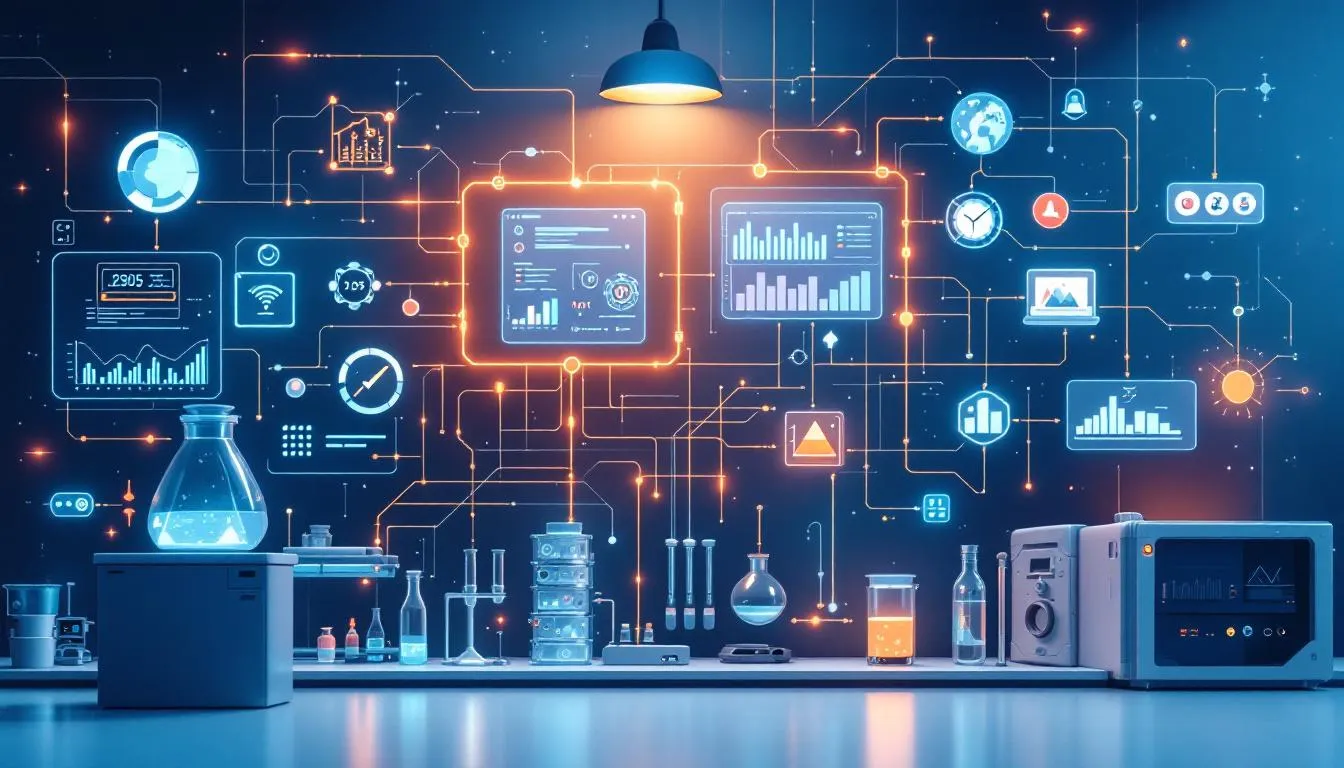
Implementing bidirectional LIMS requires careful planning and consideration. It is crucial to assess instrument compatibility before implementation to identify communication protocol discrepancies and ensure proper drivers and interfaces are available. This ensures that data is accurately transmitted and interpreted across various systems, including other instruments, uni directional instruments, and bi directional instruments.
Documentation of data mapping specifications is needed to ensure proper translation of data formats and units between systems, which helps to ensure consistent data interpretation and minimize parsing errors. Testing and validation of LIMS integrations are necessary to ensure that data exchange functions correctly and maintains the required accuracy and reliability. Investment in interfacing lab instruments with LIMS yields long-term efficiency gains, making it a valuable step for laboratories aiming to optimize their operations.
Establishing naming conventions that align with instrument data systems can reduce the need for data translation, and implementing barcoding protocols can streamline sample transfers from the LIMS to laboratory processes. Adhering to these best practices ensures successful LIMS implementation and seamless data exchange for laboratories.
Summary
In summary, LIMS bidirectional communication offers a transformative approach to laboratory information management. By automating data exchange, it enhances data integrity, real-time data transfer, regulatory compliance, workflow efficiency, error reduction, and traceability. These benefits collectively improve laboratory operations and ensure high standards of data quality and reliability.
As laboratories continue to evolve and handle increasingly complex data, the importance of bidirectional communication in LIMS cannot be overstated. By embracing this technology, laboratories can streamline their processes, reduce errors, and improve overall efficiency. The future of laboratory information management lies in the power of bidirectional communication.
Frequently Asked Questions
What is LIMS bidirectional communication?
LIMS bidirectional communication enables automated two-way data exchange between laboratory instruments or software and the Laboratory Information Management System (LIMS), facilitating workflow efficiency by removing the need for manual data entry.
How does bidirectional integration work in LIMS?
Bidirectional integration in LIMS works by facilitating the exchange of data between the laboratory instruments and the LIMS, allowing for real-time updates and instructions through the use of APIs and middleware. This ensures a seamless flow of information, enhancing operational efficiency.
How does bidirectional LIMS enhance data integrity?
Bidirectional LIMS enhances data integrity by automating data transfer, which minimizes human error and reduces transcription mistakes, ensuring accurate real-time data capture. This approach significantly increases the reliability of the data collected.
What impact does real-time data transfer have on laboratories?
Real-time data transfer significantly enhances laboratory performance by improving data accessibility, reducing turnaround times, and facilitating quicker decision-making. This leads to more efficient operations and better outcomes.
What are the best practices for implementing bidirectional LIMS?
To effectively implement bidirectional LIMS, it is crucial to assess instrument compatibility, document data mapping specifications, test integrations thoroughly, and establish clear naming conventions and barcoding protocols. Following these best practices will ensure a streamlined and efficient system.
Share this
You May Also Like
These Related Stories
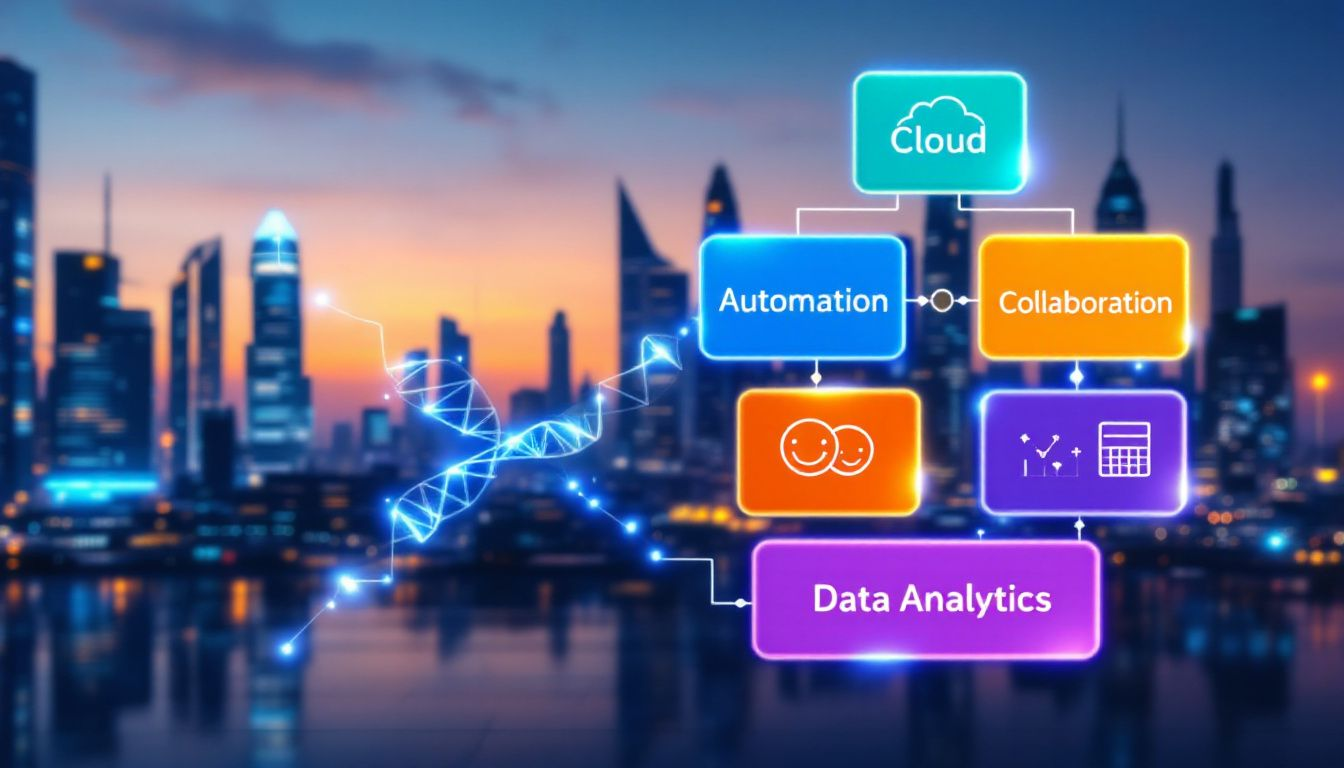
LIMS vs ELN
.png)
What is a LIMS Database: Definition, Function, and Benefits
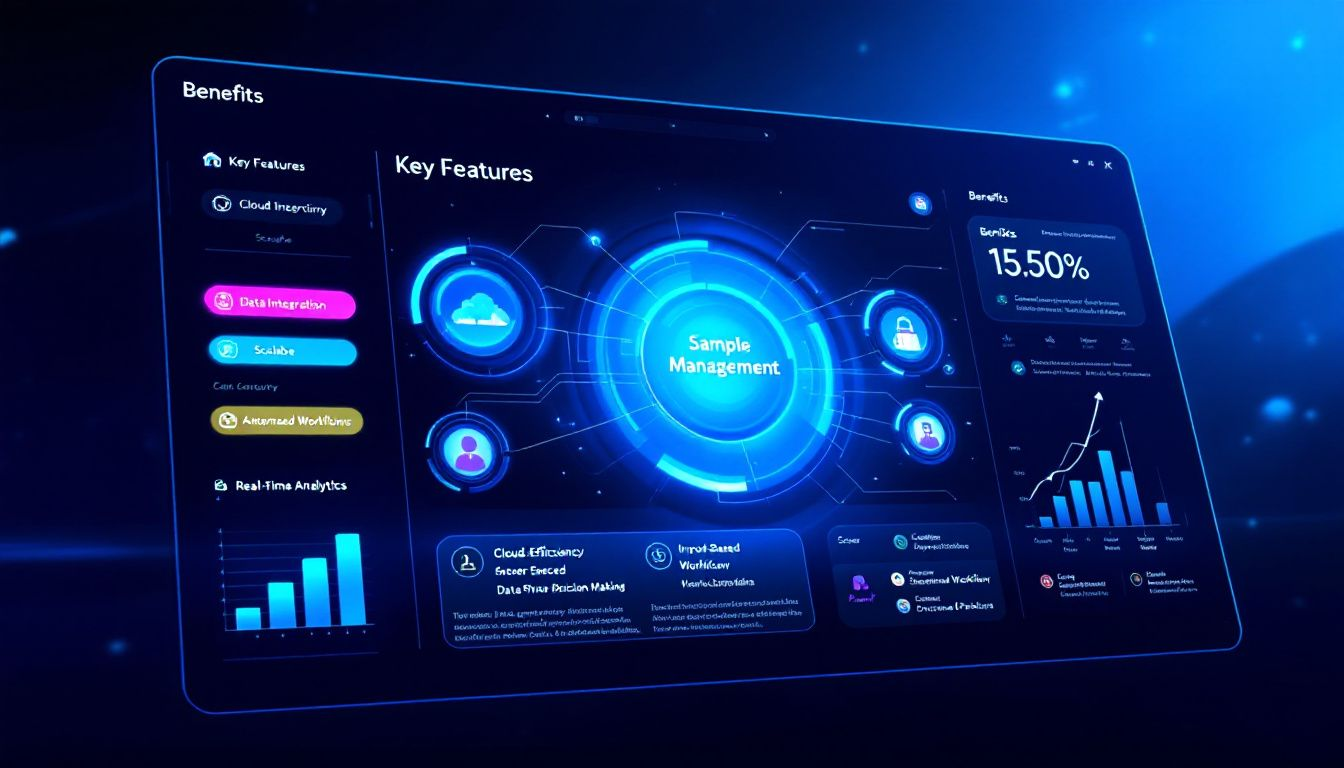

No Comments Yet
Let us know what you think